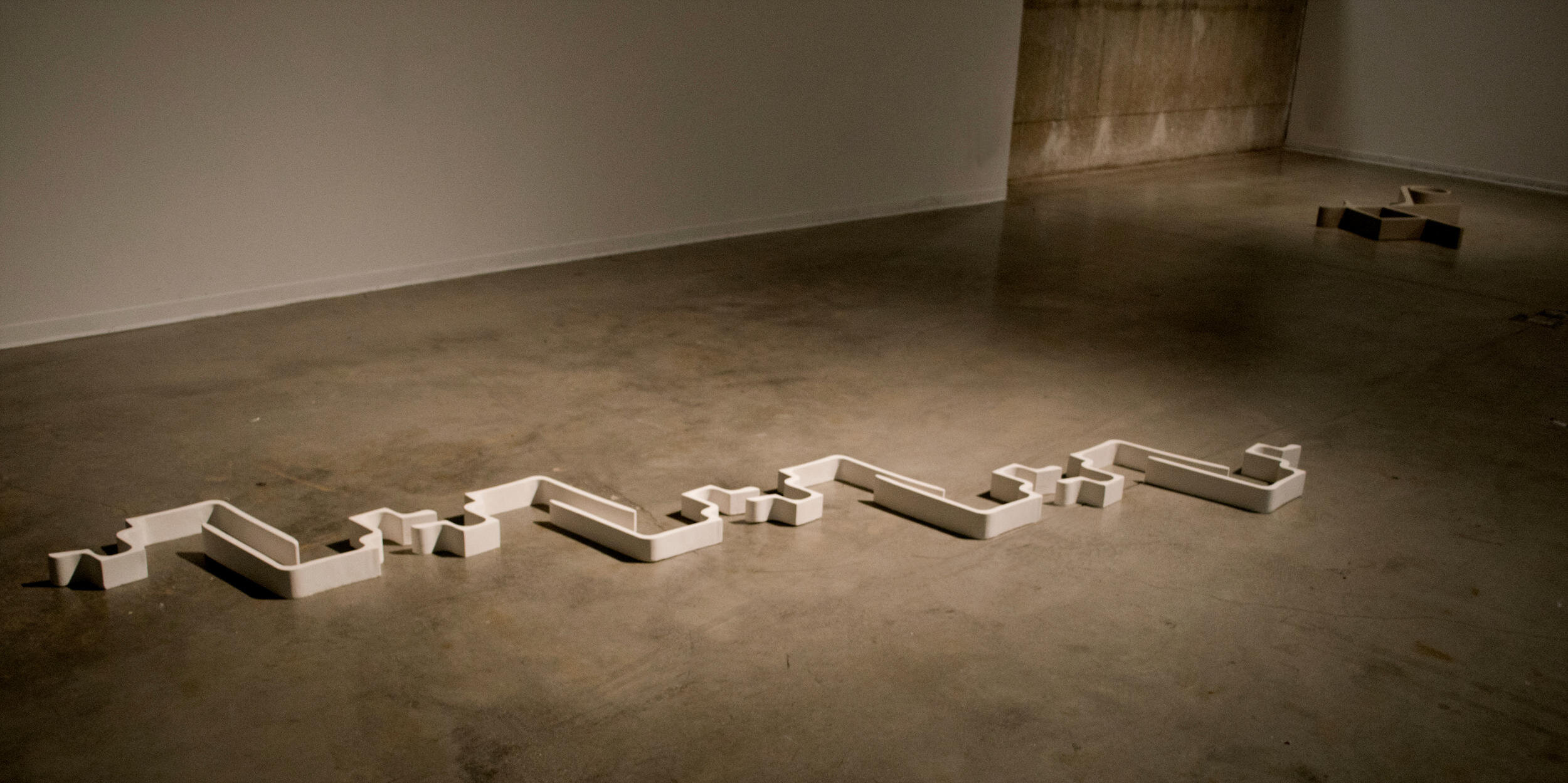By Raymond Matthews
Sarah Rosalena Brady is bridging the past and the future, folk traditions and hi-tech.
A new professor in UC Santa Barbara’s art department, she merges computational craft like coding and 3-D modeling with Native American art forms such as weaving and clay sculpting, integrating modern art forms with traditional, indigenous art.
“My work incorporates a lot of binaries, and that’s really where we’re at, merging futuristic technologies and art forms with artistic mediums from the past,” Brady said.
Brady was speaking last week about her work with the National Museum of the American Indian and the Jet Propulsion Laboratory at an event for the Media Arts & Technology program.
Brady’s interest in art first developed when her mother taught her how to weave traditional, indigenous textiles from the Pueblo and Navajo traditions. As she learned how to weave from her mother, she became interested in the technical, almost mathematical process that goes into making textiles.
“When working with textiles I noticed that numbers and geometric patterns came up,” she said. “Then I realized that that textiles are basically just ancient pixel technology.”
Brady noted that her interest in the geometry behind textiles partially came from her grandfather, F.H. Brady, a mathematician who wrote the book, “Keplerian Tables for Conic Orbits.”
Brady realized that the kind of work her grandfather did with mathematics could intersect with the indigenous art forms she learned from her mother. This has allowed her to merge science and indigenous culture to create new art forms, using mediums such as clay sculpting, 3D printing, and artificial intelligence.
As a media artist, Brady uses her work to comment on the Native American experience using new tools and materials to tell indigenous history in new ways.
For instance, Brady presented one of her exhibits, “Reformation of 50,000 Letters,” which reflects the history of Native American language by creating 3D sculptures and renderings of 50,000 different letters used in various indigenous languages.
“Each letterform explores memory and forgetting within language bias and machine learning. Physical artifacts were trained on 50,000 world letter forms, some almost extinct, to examine the potential of post-human intelligence under colonization,” Brady said.
Brady concluded her presentation by reflecting on how combining computer technology with traditional artwork like clay sculpting changes both the artistic process and the learning process.
“Multi-media art combines artistic materials and encourages new ways of learning in a way that other mechanisms aren’t set up for.”
Raymond Matthews is a third year Political Science major at UC Santa Barbara. He is a Web and Social Media Intern for the Division of Humanities and Fine Arts.



